Homemade Skyr
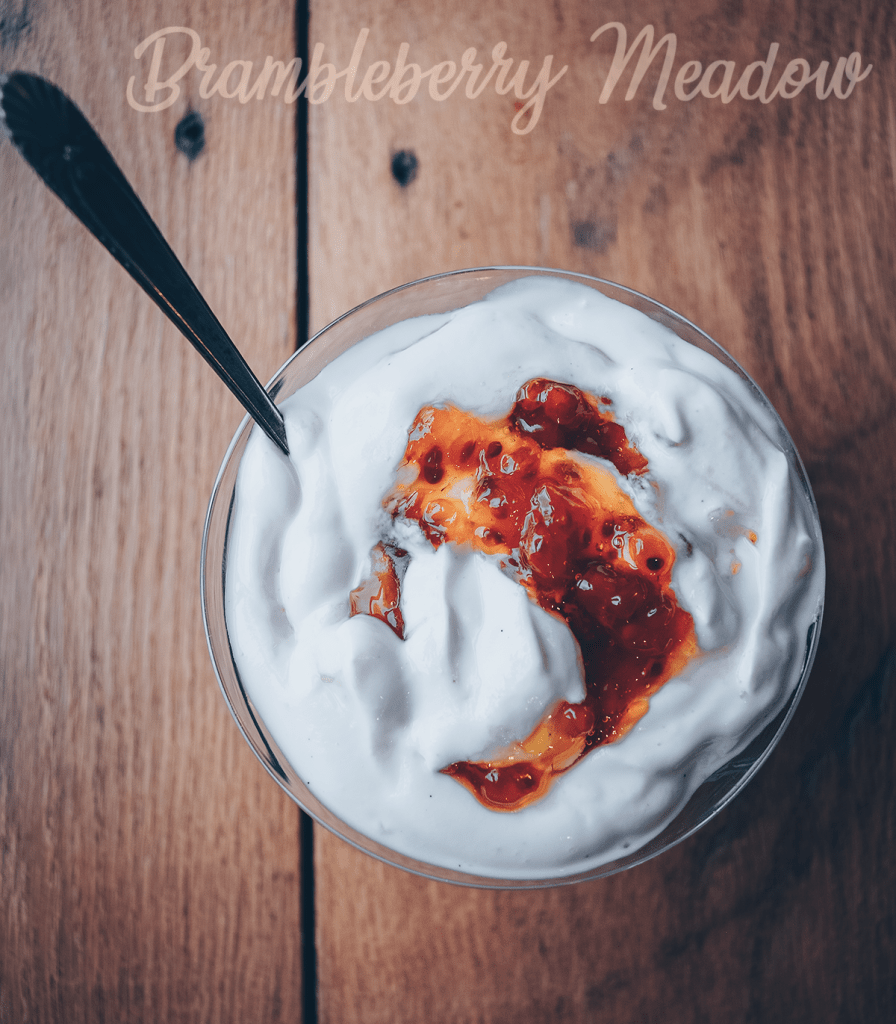
Skyr is one of those lovely cultured dairy products that starts out of necessity and becomes something really special. Traditionally, homemade skyr turned skim milk back into a creamy breakfast food that was high in protein. Like Greek yogurt, it’s a strained product. But unlike other yogurts, it uses rennet to set the curd, so it’s something between a fresh cheese and a real yogurt.
You can buy skyr at the grocery store. Or, at least, you could. The local shops here have stopped carrying Siggi’s altogether, and the selection of Icelandic Provisions skyr has become limited, when it is stocked at all.

I finally gave up, and decided to try homemade skyr.
While skyr is a mesophilic culture – meaning you can simply allow it to ferment on the countertop – the rennet sets better with heat. And I’m lazy, so my version involves the use of my Instapot. I got my culture from Positively Probiotic. You CAN use their Ropey Skyr culture for this recipe – but it probably won’t rope, because we’re going to blend the final product.
I did find that the end result was a bit of a “loaves and fishes” effect. I started with 1 gallon of milk, and ended up with well over 2 quarts of whey and a generous 2 quarts of finished skyr. I’m not complaining, mind.
Make sure to keep following the series for some recipes using both skyr and whey. And sign up for my E-mail list, because you never know when I might think up a few more!
You will need:
- 1 gallon of milk (skim or 1%)
- 1/4 c. of skyr mother culture
- liquid rennet
- Instapot, with yogurt setting
- cheesecloth and colander
- honey and flavorings if you want them
You CAN make this recipe without the Instapot, but it will require more supervision on your pot.
Pour the entire gallon of milk into your Instapot. Press the yogurt button, and set it to “boil.” Allow it to cycle. This heats your milk to about 180 degrees, which will help denature the proteins. It doesn’t actually “boil” the milk.
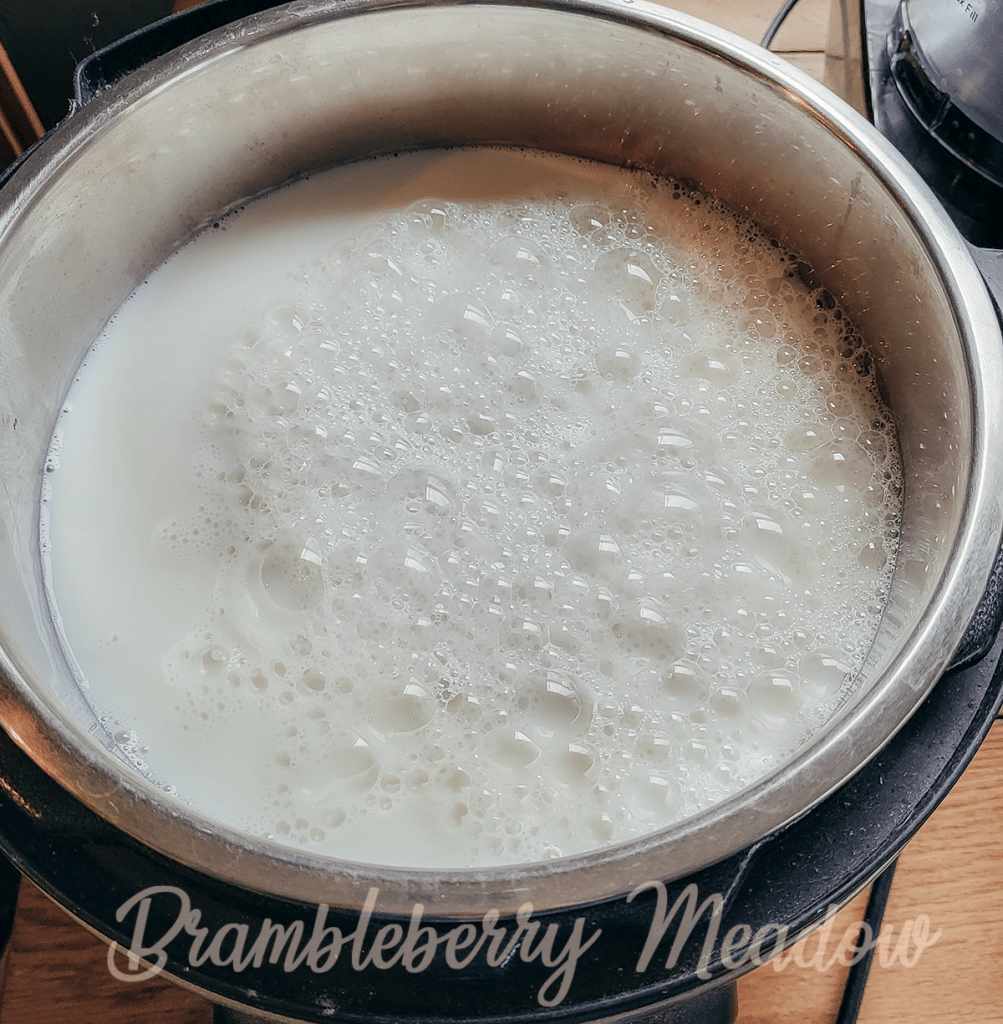
Remove the pot from your Instapot and allow to cool on a wire rack until the milk reaches about 110 F. You can speed this with a cold water bath in the sink, if you’re in a hurry.
Place your mother culture in a small bowl. Whish in about a cup of the warm milk, then return the mixture to the pot, whisking thoroughly, without scraping the bottom of the pot. (some of your milk will have scalded to the bottom of the pot. That’s OK, but don’t scrape it off or you’ll get lumps in your skyr)
Mix 7 drops of liquid rennet into a scant 1/4 c. of cool water. Add this to the pot as well, whisking thoroughly again.
Return the pot to the Instapot, lock the lid, and press the yogurt button again until it reads “low.” Set the timer for 5 hours.
When the pot has finished cycling, remove the pot and place the entire thing in the refrigerator overnight.
Once it has thoroughly chilled and set, scoop the skyr into a collander lined with cheesecloth, set over a large bowl. Allow to drain the refrigerator several hours. You will now have a much firmer product:
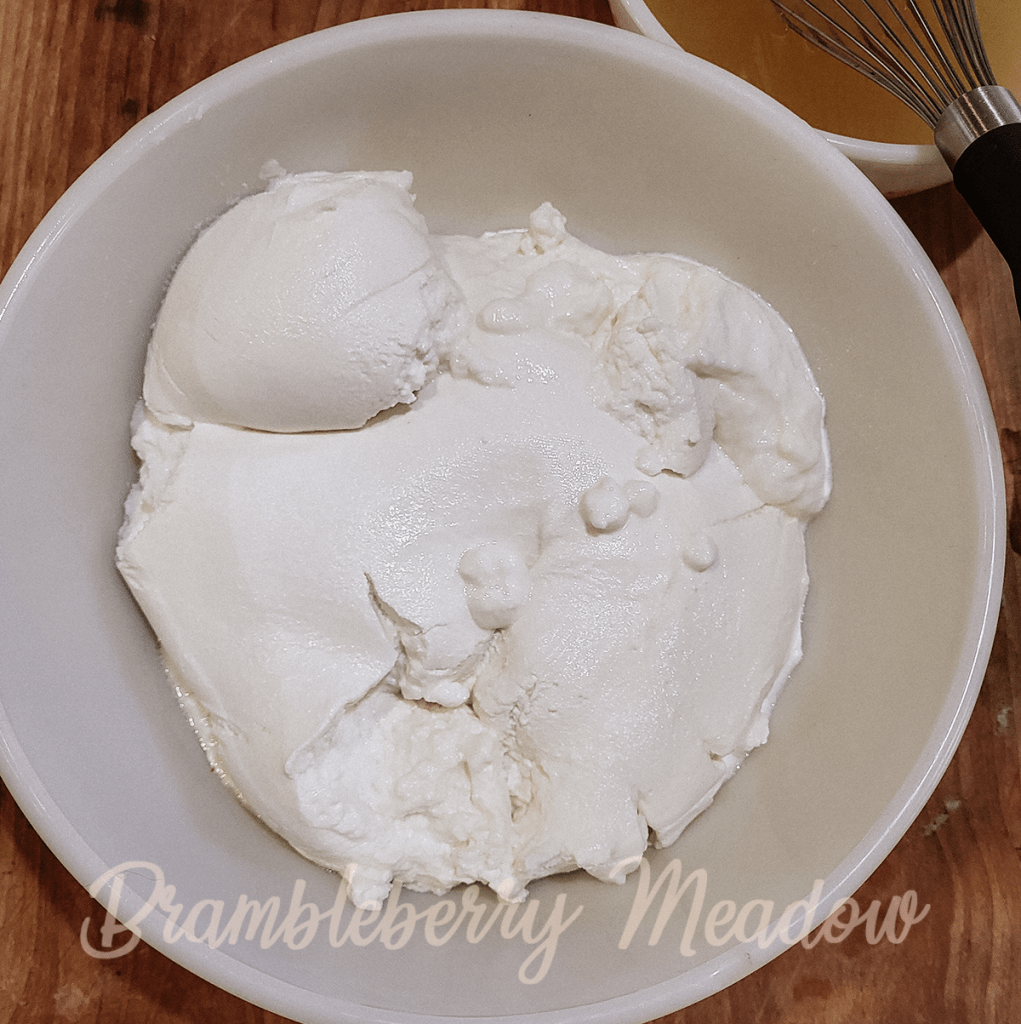
Beat the skyr with a hand mixer or wooden spoon until it is smooth and creamy. At this point, you can flavor your skyr, if you would like. I split this batch, leaving half of it plain and mixing the other quart with about 1/2 c. of honey, 1 tsp. of vanilla paste, and 1/2 tsp of almond extract. This makes a nice vanilla/almond base, ready to stir in a spoonful of fresh fruit or preserves.
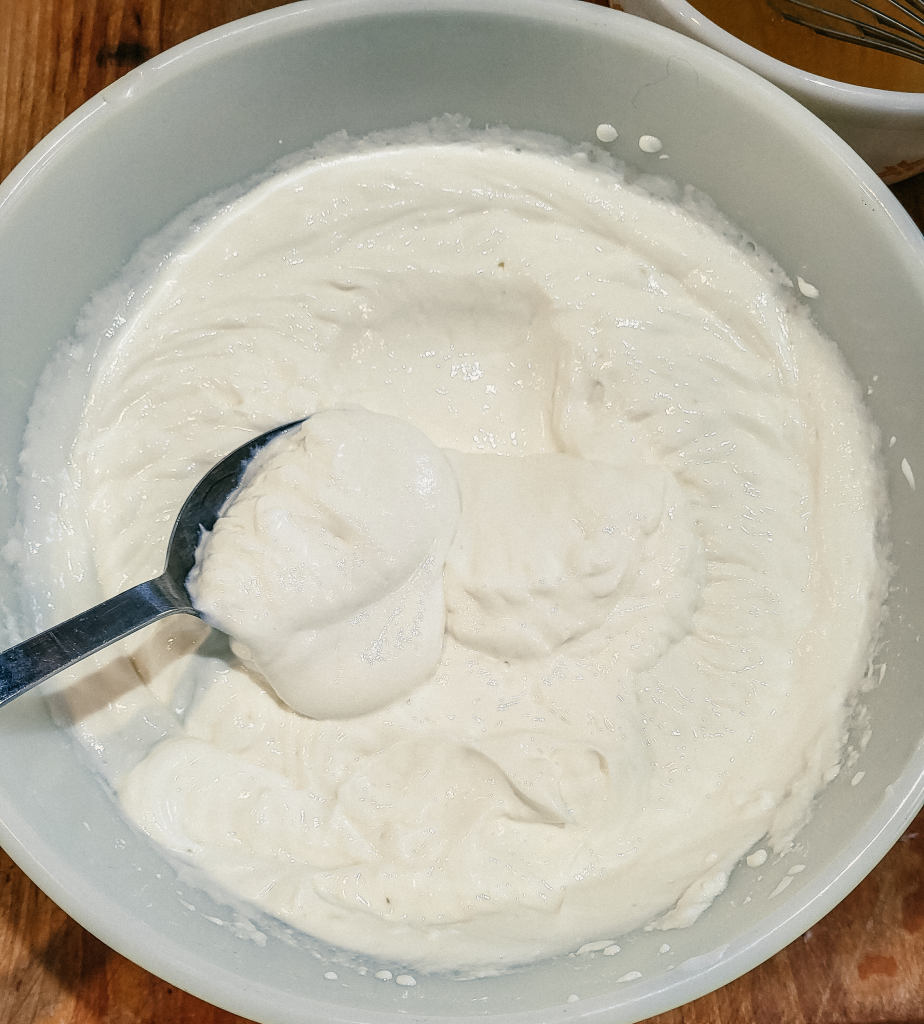
So, there you are. A delicious batch of creamy Icelandic homemade skyr. With leftover whey that you can use in baking, to ferment some berries, or simply feed to chickens and pigs if you’re currently overwhelmed.
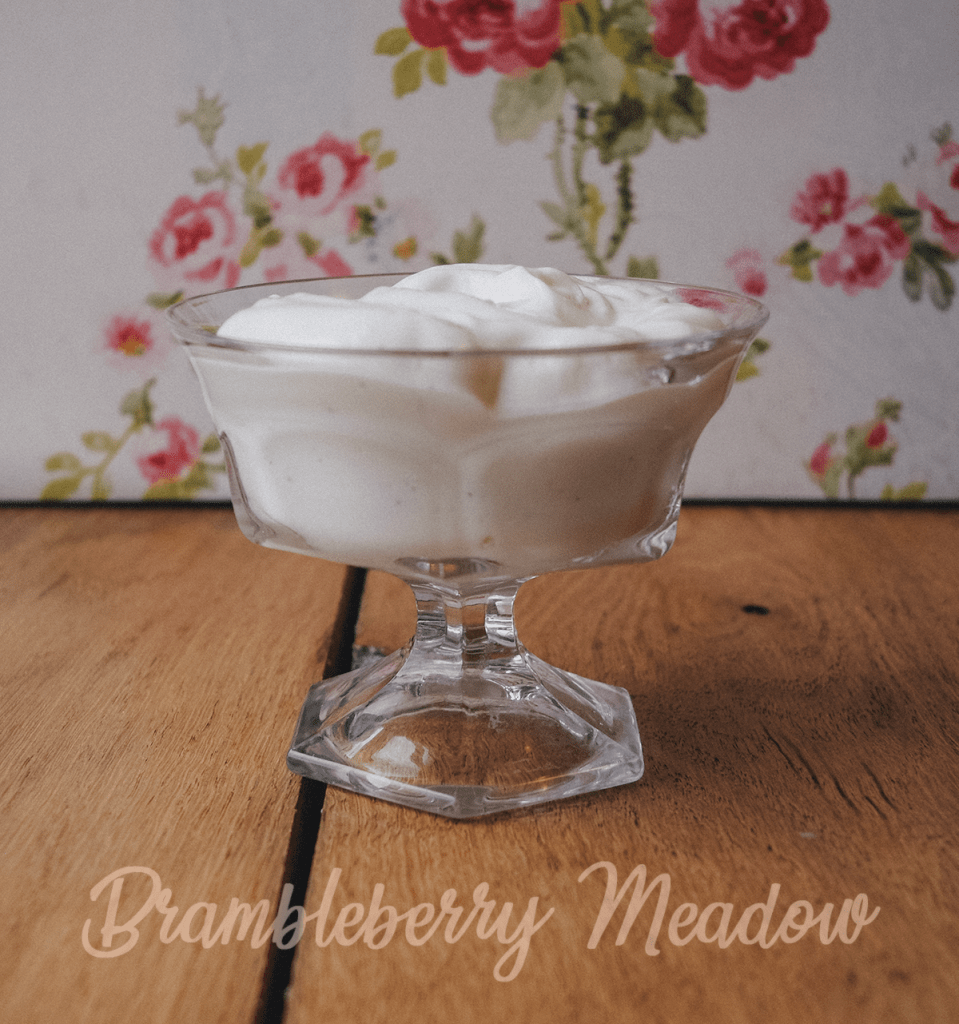
If you don’t have an Instapot, or don’t have a yogurt setting on yours, it’s still easy to do. Heat your milk on the stove in a large pot or in a slow cooker on the low setting. When it reaches 180 F, turn off the heat, and cool as above. After you’ve added your culture and rennet, cover the pot and wrap it in a towel, then tuck it in a cooler for 5 hours. Proceed with the rest of the recipe.

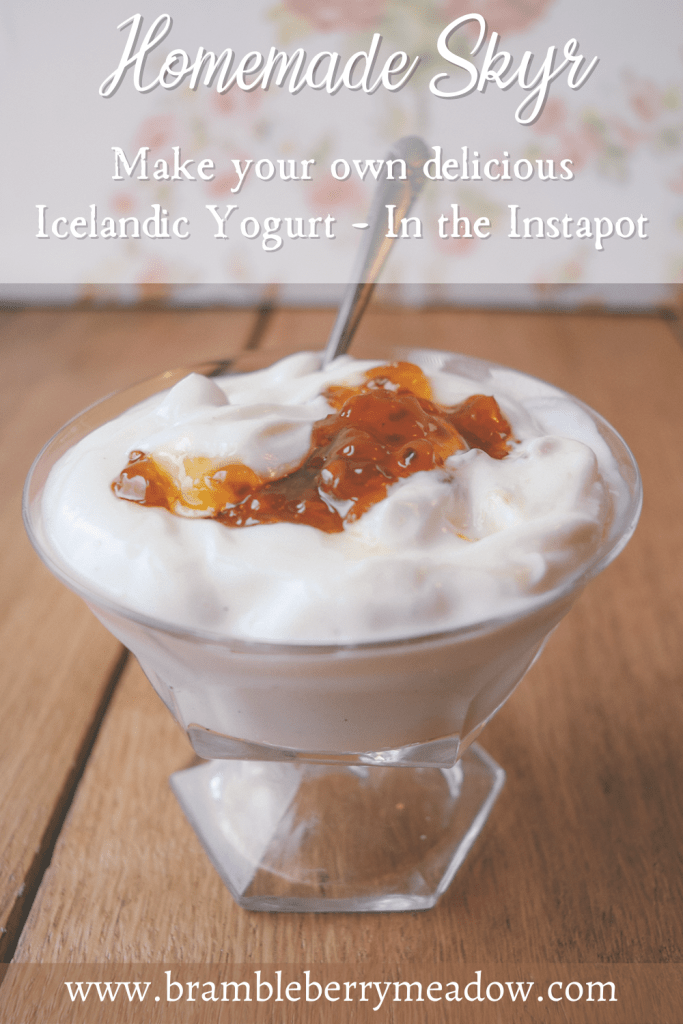
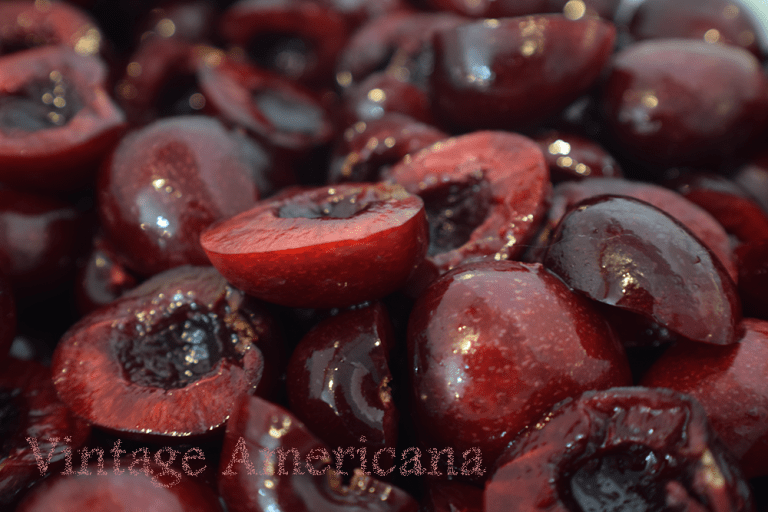

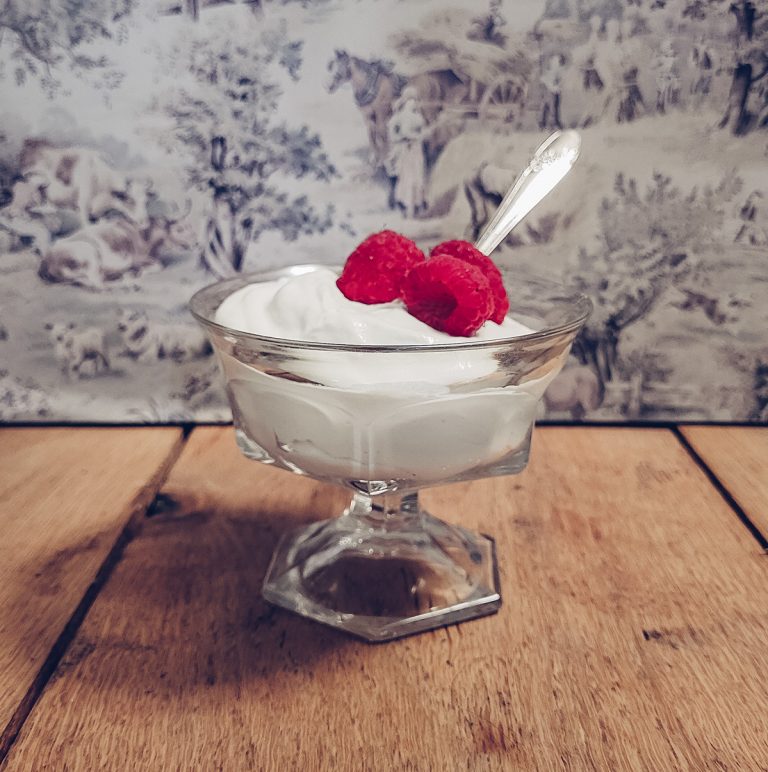
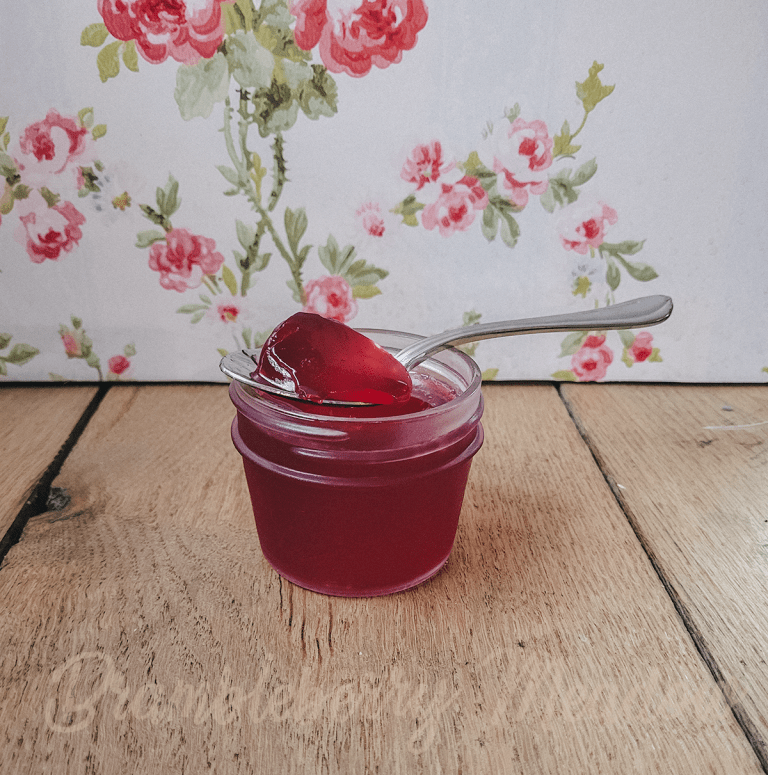
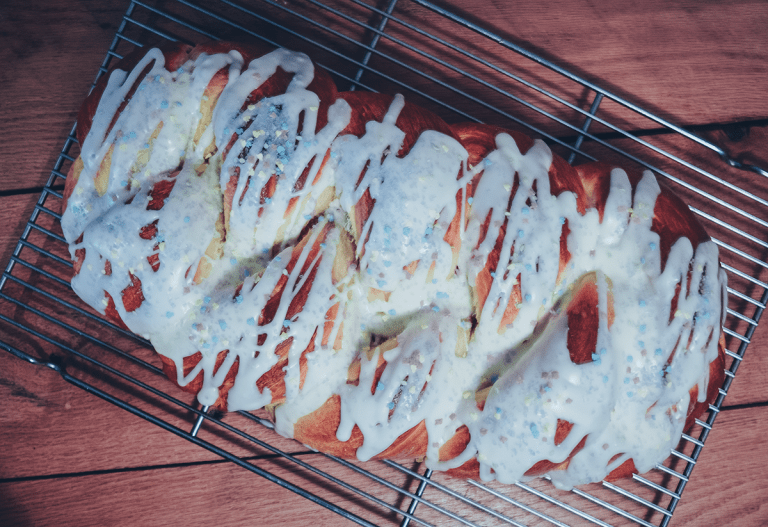

I’ve never heard of this. Very interesting.
I think it’s pretty obscure, which MIGHT be why the local grocery has cut it’s offerings WAY back. But it was tasty enough to make it worthwhile to make at home.
Especially if you have a copy of “The Great Scandinavian Baking Book,” which has a number of recipes that use skyr like we might use sour cream or cheesecake.
I’ve never heard of skyr before. But now I’m glad I have. It sounds really great 😉
I do love recipes that let you take what is sort of a “discard” product (skim milk) and turn it into something delicious.
OH YES — I will make this. I absolutely love heritage cooking! Now I need to try to find rennet somewhere locally! Thank you! I subscribed. Can’t wait to deep dive into more of your awesomeness.
I even managed to get a small bottle from New England Cheesemaking Supply online, via Amazon.
I see Positively Probiotic sells both a mesophilic and a thermophilic variation of skyr. Which did you start with? Also, using Positively Probiotic’s method I’m on my third batch of skyr, and so far I’ve not achieved the taste I’m used to. Does skyr made with your method have that tart taste something like Siggi’s has? Does the taste develop as you get a few batches in? Thanks!
I used the mesophilic culture, because that’s what I had handy. But you’ll note I incubated it in the thermophilic range, mostly to make sure the rennet set correctly.
It does get nicely tangy, and if it’s not quite where I want it, I let it incubate a little longer.
I ran the culture through three starter batches at room temperature before I made my first batch of skyr. By the time the third culture was a little over 24 hours old, it had reached a pretty solid consistency in whole milk, even without the rennet. So it was going pretty strong when I used it to culture the large batch. I actually tucked the rest of that mother culture into the freezer, and I’ve cultured from the frozen starter since.
I’ve just run my first batch through the yogurt cycle following your instructions (for five hours) and it is not set at all. How runny is yours when you follow this recipe? I’m not sure that I trust it to set, so I will likely let it continue to sit at room temperature for a while and see what it does.
Thanks for any guidance you can provide.
Mine was probably about like a standard grocery store regular yogurt when I was done with the five hour cycle.
What kind of rennet did you use?
And, yes, if it were me I’d let it incubate at room temp for a while, too. It should have that nice yogurty aroma and a tangy flavor, too.
Mine essentially is as thin as when it went in. I couldn’t get the liquid, the store locally won’t have it for two weeks, so I used what should’ve been an appropriate amount of vegetable rennet tablet. I will wait and see what happens.
Thanks for the help!
I will admit, I have never used vegetable rennet. I would have to wonder if that might, indeed, be the issue. Did it thicken up as it incubated for you?
Good news! After sitting out overnight the skyr was regular yogurt consistency. I cooled it, and now it’s in the strainer separating the whey.
I did notice a couple of lumps at the bottom of the Instant Pot when I poured it out for straining, I’m guessing that is the result of not mixing in the rennet well enough initially. I powdered the portion of the tablet I used, but maybe not enough.
You could be on to something with the vegetable rennet vs. animal rennet. I haven’t ordered liquid rennet yet, so perhaps I’ll go animal instead of veggie.
Tomorrow morning will be the real test when my husband uses some to make his breakfast.
Thanks for your help!
My other tip would be, if you use the tablet again, dissolve it in that 1/4 c. of cool water. I think that would help distribute it more evenly through the milk.
Hope it makes for a delicious breakfast.
My wife recently discovered that what was left of Siggi’s 9% was on clearance at our local grocery. She bought it all. This grocery (a chain) has already stopped carrying Siggi’s 4% in favor of “low-fat” yogurts. The problem with most “low-fat” yogurts is the extremely high sugar content. I won’t eat low-fat yogurt because of the sugar content (they have to flavor it with something). Regardless, I have been searching for a skyr recipe and I think I’m going to give this one a try. Thanks.
I feel your pain – my local grocery store has stopped carrying it, as well. And the Icelandic Provision brand is very hit-or-miss.
My best piece of advice is that when you’re making this skyr, if at first it isn’t set, let it culture just a bit longer.
And don’t be afraid to let it drain a little longer if you like your yogurt thicker, too.